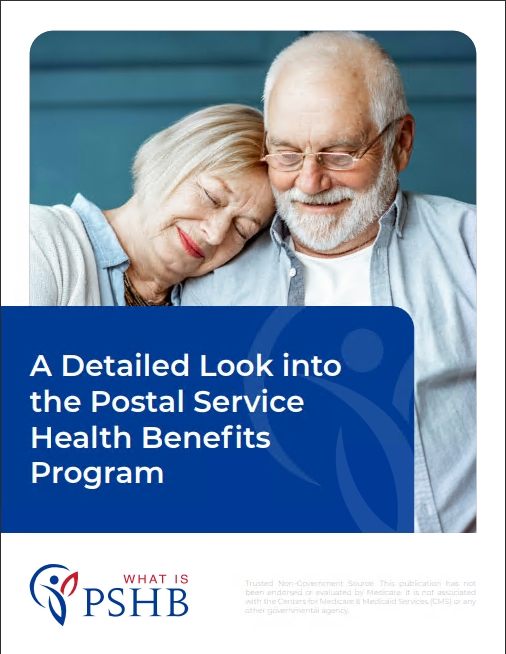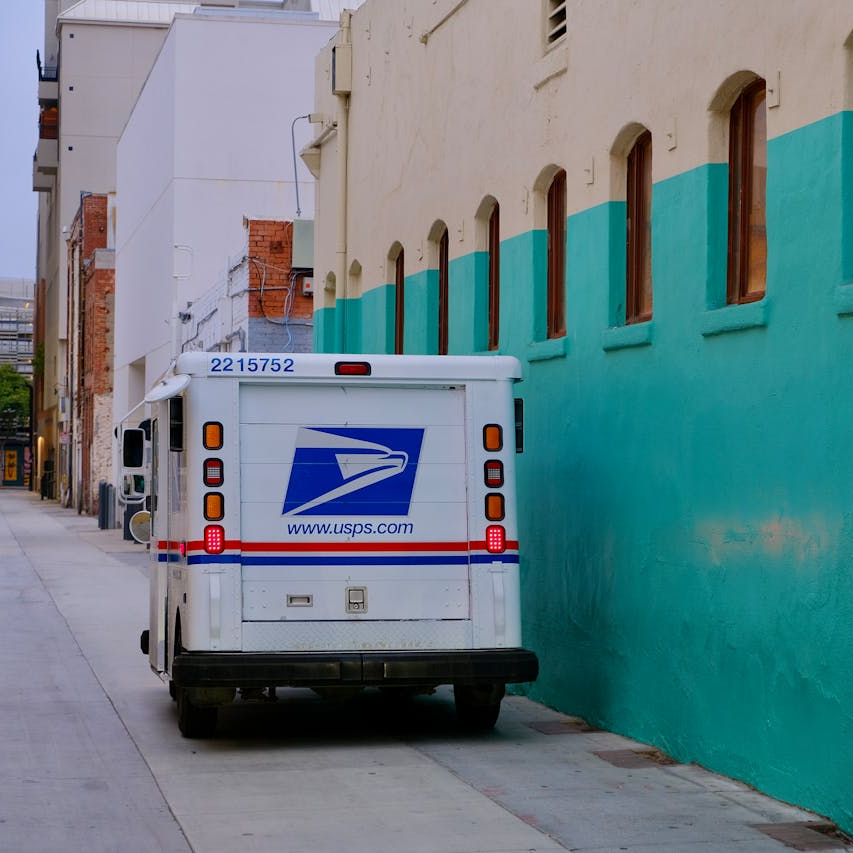Key Takeaways
-
You can keep your USPS health coverage through the new Postal Service Health Benefits (PSHB) program in 2025, but understanding how it works with Medicare is essential if you’re retired or nearing retirement.
-
Enrolling in Medicare Part B can reduce your out-of-pocket costs under PSHB, but it’s not always required depending on when you retired.
Understanding PSHB: The Basics for USPS Employees and Retirees
As of 2025, the new Postal Service Health Benefits (PSHB) program officially replaces the Federal Employees Health Benefits (FEHB) program for USPS employees and retirees. If you’re still working or already retired, your health benefits now fall under PSHB, not FEHB. This change came with the Postal Service Reform Act and includes some important adjustments you need to be aware of.
Who Is Covered by PSHB?
-
All USPS employees and retirees
-
Covered family members, including spouses and dependents
-
Annuitants who retired under USPS, even before 2025, are included
If you retired from the Postal Service before January 1, 2025, and are not already enrolled in Medicare Part B, you might be exempt from mandatory enrollment, but that doesn’t mean you should ignore Medicare altogether.
The Essentials You Should Know
Medicare kicks in at age 65 for most people. If you’ve worked at least 10 years (40 quarters) in the U.S., you’re likely eligible for premium-free Medicare Part A. Part B, which covers doctor visits and outpatient care, requires a monthly premium.
Here’s a quick refresher on Medicare Parts:
-
Part A: Hospital insurance (premium-free for most)
-
Part B: Medical insurance (monthly premium required)
-
Part C: Also known as Medicare Advantage (offered through private insurers)
-
Part D: Prescription drug coverage (can be standalone or part of a plan)
If you’re covered under PSHB, you’ll want to focus mostly on how Part A and Part B work alongside your postal health coverage.
How PSHB and Medicare Work Together in 2025
Once you turn 65 and become eligible for Medicare, you’ll need to decide how—or if—you want to integrate Medicare with your PSHB plan. For many USPS retirees, the two programs work better together than separately.
Dual Enrollment Can Mean Lower Costs
When you enroll in both PSHB and Medicare Part B, you often see:
-
Lower deductibles and copayments
-
Waived or reduced coinsurance
-
Fewer out-of-pocket surprises
-
Improved coverage for major services
Some PSHB plans coordinate directly with Medicare, which means Medicare pays first, and your PSHB plan picks up the rest. This can save you a lot of money—especially on hospital visits, specialist care, and certain diagnostics.
Who Must Enroll in Medicare Part B?
This is where things get a little more nuanced. As of 2025:
-
If you retired on or before January 1, 2025, you’re not required to enroll in Medicare Part B.
-
If you retire after January 1, 2025, and you’re eligible for Medicare, you must enroll in Part B to keep your PSHB coverage.
So if retirement is in your near future, your timeline plays a major role in what you need to do next.
Timing Matters: Key Enrollment Windows
Initial Enrollment Period (IEP)
Your first chance to sign up for Medicare begins three months before your 65th birthday, includes your birthday month, and ends three months after. This is your best shot at enrolling without penalties.
Special Enrollment Period (SEP)
If you’re still working at 65 and have PSHB coverage, you can delay enrolling in Medicare Part B until you retire. At that point, you’ll have 8 months to enroll without facing late penalties.
General Enrollment Period (GEP)
If you miss both IEP and SEP, you can still sign up from January 1 to March 31, but you may face penalties and delayed coverage starting July 1 of that year.
Prescription Drug Coverage: PSHB vs. Part D
The PSHB program includes prescription drug benefits that are often more generous than standalone Medicare Part D plans. But for Medicare-eligible annuitants, PSHB automatically provides Part D coverage through an Employer Group Waiver Plan (EGWP). This means:
-
You’ll still get drug coverage without needing to shop for a separate plan
-
Your out-of-pocket costs will count toward Medicare’s new $2,000 cap for 2025
-
You can spread your prescription payments across the year with the Medicare Prescription Payment Plan
In short, you’re not missing out on drug benefits by sticking with PSHB.
Cost Comparison: What You Might Pay
While private plans vary, there are some general trends to keep in mind in 2025:
-
Medicare Part B has a standard premium of $185/month
-
PSHB premiums are shared between you and the government—on average, USPS covers about 70% of the cost
-
Deductibles under PSHB range from $350 to $2,000, depending on the plan
-
Coinsurance for in-network care is typically 10% to 30%
When paired with Medicare, these costs often drop significantly because Medicare covers a primary portion of the bill first.
What If You Don’t Enroll in Medicare?
If you’re required to enroll and don’t, you could lose your PSHB coverage entirely. If you’re not required but choose to skip Medicare, you may face:
-
Higher copayments and deductibles under PSHB alone
-
No access to Medicare coordination benefits
-
Potential penalty if you try to enroll later
It’s often a costly decision to delay or skip Medicare altogether unless you have other credible coverage.
Special Considerations for Family Members
Not all family members are required to enroll in Medicare. Only those who are Medicare-eligible and listed under your PSHB plan need to worry about Part B enrollment rules. If your spouse or dependent turns 65 and doesn’t enroll in Part B when required, it could affect their eligibility under your PSHB plan.
Make sure everyone on your plan understands the timeline and coverage requirements.
What About Vision and Dental?
PSHB doesn’t automatically include dental and vision for all plans. However, Medicare also doesn’t typically cover these services unless they’re medically necessary. You might need to enroll in separate FEDVIP plans if you’re looking for comprehensive vision and dental benefits.
Both programs leave a gap here, so it’s worth looking into standalone options.
Keeping Your Coverage Smooth During the Transition
The switch from FEHB to PSHB is automatic for USPS workers and annuitants. But to avoid any interruptions or costly mistakes, you should:
-
Double-check your enrollment status
-
Review the plan options each Open Season (November–December)
-
Confirm your Medicare Part B enrollment if you’re retiring after 2025
-
Talk to a licensed agent if you’re unsure what the rules mean for your personal situation
Why This All Matters in 2025
The Postal Service Reform Act didn’t just tweak the health system—it rewired it. As a USPS employee or retiree, your benefits and responsibilities shifted with it. Understanding how PSHB and Medicare fit together gives you more control over your costs, coverage, and peace of mind as you move into retirement or continue working.
You don’t want to find out too late that missing a deadline or skipping a Medicare enrollment costs you more in the long run.
Stay Covered Without Guesswork
The shift to PSHB has real consequences for your Medicare choices. Whether you’re already retired, planning to retire soon, or helping a spouse manage coverage, it’s worth reviewing your enrollment and asking questions now.
For personal guidance that fits your unique timeline, reach out to a licensed agent listed on this website and get peace of mind with expert help.











